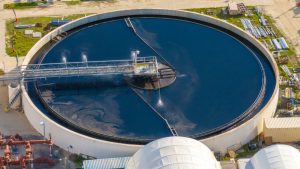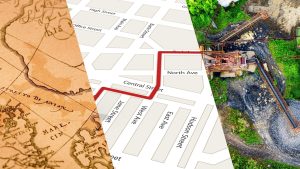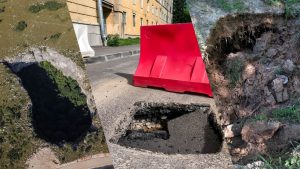The process of gathering and preserving rainwater for future use is known as rainwater harvesting. This is a vital source of water in Australia for a number of reasons, such as lower levels of rainfall per year, water conservation, the expense of water treatment processes, etc. On the other hand, when collecting and storing rainwater, potable water sources can be less expensive and require less energy to produce and distribute to the public. When this is done at mass levels, harvesting companies can reduce their environmental impact, and the general public can save money by utilising rainwater for irrigation, washing, and other non-drinking uses. ‘Digital Twin’ is the ideal technological resource when it comes to rainwater harvesting plants in Australia, as it streamlines the operational procedures within a short time, giving it a competitive advantage in the market.
In this article, we will look into the application of Digital Twin software for rainwater harvesting infrastructure in Australia while exploring the best benefits of this synergy.
In this article, we will look into the application of Digital Twin software for rainwater harvesting infrastructure in Australia while exploring the best benefits of this synergy.
What is Digital Twin?
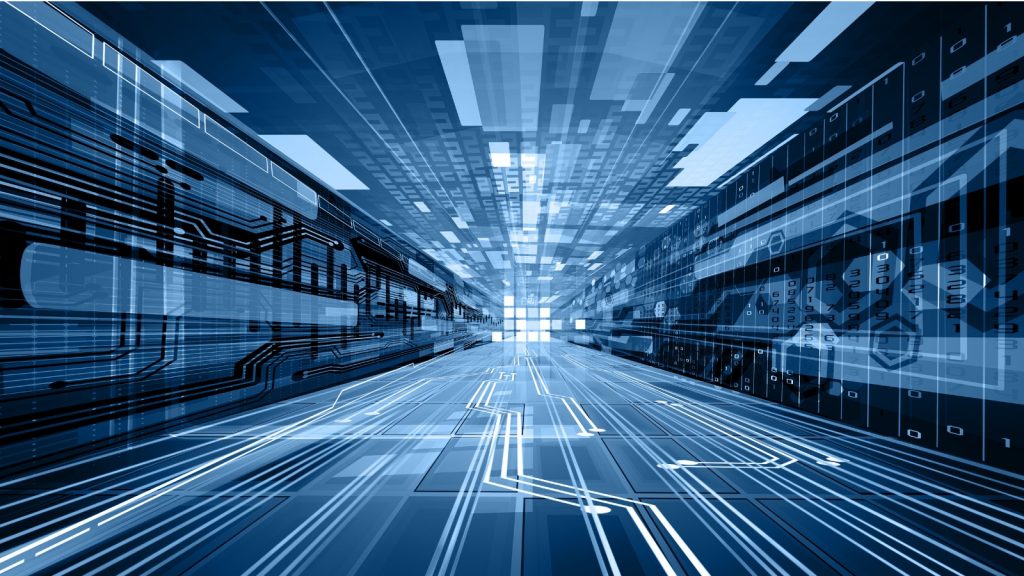
- As the starting point of this article, let us walk you through the inside and out of this potent software solution. You may know that Digital Twin technology is a virtual replica of physical objects, processes, systems, or environments that exist in the real world.
- We will put this in a simple way. It is like a mirror or a physical object in the virtual world, or it creates a mirror version of the physical entity in a digital space, making use of real-time data and advanced modelling techniques to simulate, monitor, and analyse its behaviour and performance.
- When it comes to Digital Twin technology, it includes quite a few main pillars. Those are a physical asset or system, sensors and data collection mechanisms, and a digital counterpart. Now let us explain how this data interpretation occurs inside the virtual world. This can integrate with sensor data, IoT devices, and other sources, and it continuously gathers information about the physical entity’s state, which backs up real-time monitoring and analysis.
- When the Digital Twin is coupled with the Internet of Things (IoT) technology, it carries out this data on one singular platform and creates the above-mentioned digital simulations.
- Using the implementation of this virtual representation, risk-free digital environments are created for scenario testing, predictive maintenance, optimisation, and creativity. Digital Twin are used in many different industries in Australia, and they actually bring the decision-making process to another level by offering useful insights extracted from actual data.
Top 5 Ways to Employ a Digital Twin for Rainwater Harvesting Infrastructure
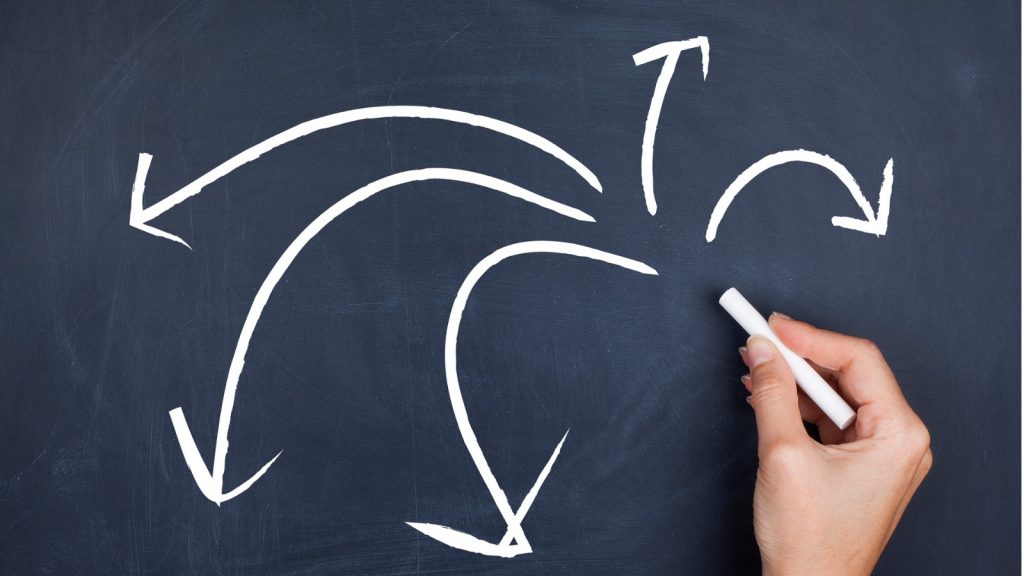
Integration with Smart Grids
This is an innovative strategy to maximise rainwater collection in urban areas. The Digital Twin can help create a water supply system that is more sustainable and effective by integrating data from rainwater collection into smart grids.
This interface makes it possible to monitor rainwater quality and availability in real-time, helping smart grids change their water distribution depending on demand and resource availability. When making choices about when and where to allocate rainwater for different uses, such as irrigation, industrial usage, or restocking water reservoirs, the Digital Twin examines data on gathered water along with smart grid analytics.
Through the powerful combination of smart grids and Digital Twin technologies, this integrated approach maximises water use while lessening the burden on traditional water sources. Plus, this synergy develops a more robust and environmentally friendly urban water management system.
This interface makes it possible to monitor rainwater quality and availability in real-time, helping smart grids change their water distribution depending on demand and resource availability. When making choices about when and where to allocate rainwater for different uses, such as irrigation, industrial usage, or restocking water reservoirs, the Digital Twin examines data on gathered water along with smart grid analytics.
Through the powerful combination of smart grids and Digital Twin technologies, this integrated approach maximises water use while lessening the burden on traditional water sources. Plus, this synergy develops a more robust and environmentally friendly urban water management system.
Remote Control and Automation
Remote control and automation, empowered by Digital Twin technology, kind of revolutionise rainwater harvesting infrastructure through its capacity to integrate IoT devices and actuators. In this scenario, you can see that the Digital Twin acts as a real focal point. Why do we say that? As the focal point, the Digital Twin gathers data in real-time from sensors embedded in the infrastructure.
Workers can remotely access and operate actuators and IoT devices through this virtual replication, allowing automatic reactions and modifications depending on the data analysis. For example, actuators can control distribution or storage valves or pumps when the Digital Twin identifies certain rainfall amounts or qualities. This ensures efficient execution without the need for human intervention.
This is the level of efficiency you expect from software that backs up automation, as it is able to streamline operations, minimise human error, optimise resource allocation, and enhance responsiveness to changing environmental conditions without making errors. Ultimately, what you will get is an improvement in the effectiveness and sustainability of rainwater harvesting systems.
Workers can remotely access and operate actuators and IoT devices through this virtual replication, allowing automatic reactions and modifications depending on the data analysis. For example, actuators can control distribution or storage valves or pumps when the Digital Twin identifies certain rainfall amounts or qualities. This ensures efficient execution without the need for human intervention.
This is the level of efficiency you expect from software that backs up automation, as it is able to streamline operations, minimise human error, optimise resource allocation, and enhance responsiveness to changing environmental conditions without making errors. Ultimately, what you will get is an improvement in the effectiveness and sustainability of rainwater harvesting systems.
Water Quality Management
This is significantly enhanced in rainwater harvesting infrastructure through the integration of Digital Twin technology and water quality sensors. These sensors feed real-time data into the Digital Twin, creating a comprehensive virtual model of the collected rainwater’s quality.
As the operators can continue monitoring and analysis within the Digital Twin, anomalies from already-set quality standards can be identified easily and quickly. This makes room for automatic responses or notifications, ensuring corrective actions such as filtering, treating, or redirecting as needed to meet certain use criteria.
On one hand, Digital Twin serves as a predictive tool, anticipating potential quality issues based on historical data. On the other hand, it helps with taking proactive measures to maintain water quality for diverse purposes, such as potable consumption, irrigation, or industrial use. This connection supports the safe and effective use of collected rainwater by providing a dependable and flexible means of water quality control.
As the operators can continue monitoring and analysis within the Digital Twin, anomalies from already-set quality standards can be identified easily and quickly. This makes room for automatic responses or notifications, ensuring corrective actions such as filtering, treating, or redirecting as needed to meet certain use criteria.
On one hand, Digital Twin serves as a predictive tool, anticipating potential quality issues based on historical data. On the other hand, it helps with taking proactive measures to maintain water quality for diverse purposes, such as potable consumption, irrigation, or industrial use. This connection supports the safe and effective use of collected rainwater by providing a dependable and flexible means of water quality control.
Maintenance Planning
It is highly important to have pre-planned maintenance schedules for the rainwater harvesting plants. Otherwise, you will have to face unexpected downtime, interruptions to water production, etc. Did you know that Digital Twin can take care of this aspect as well? Yes, the Digital Twin integrates data from embedded sensors that keep an eye on different infrastructural components. The Digital Twin predicts potential challenges or system degradations by examining both historical and real-time data it receives from every nook and corner of the infrastructure.
You already know that Digital Twin is coupled with predictive and prescriptive algorithms. Therefore, it schedules proactive maintenance tasks, identifying and rectifying issues before they escalate into critical problems. This measure optimises the infrastructure’s lifespan by preventing unexpected breakdowns, reducing downtime, and maximising operational efficiency.
As you can see, if you have Digital Twin technology in place, maintenance becomes more strategic and cost-effective. Your resources can be allocated precisely where needed, ensuring the continuous functionality and longevity of rainwater harvesting systems.
You already know that Digital Twin is coupled with predictive and prescriptive algorithms. Therefore, it schedules proactive maintenance tasks, identifying and rectifying issues before they escalate into critical problems. This measure optimises the infrastructure’s lifespan by preventing unexpected breakdowns, reducing downtime, and maximising operational efficiency.
As you can see, if you have Digital Twin technology in place, maintenance becomes more strategic and cost-effective. Your resources can be allocated precisely where needed, ensuring the continuous functionality and longevity of rainwater harvesting systems.
Optimising Collection Designs
The latter helps optimise collection designs in rainwater harvesting infrastructure by creating a virtual testing stage. The Digital Twin platform allows for the modelling of various designs for collecting systems, considering regional differences and weather trends.
The digital setting helps with ongoing experimentation with various collecting designs and combinations by allowing the input of geographical data and historical rainfall patterns. The Digital Twin provides insights into the most practical and efficient designs that are suitable for particular regions or expected patterns of rainfall through this procedure.
This is a blueprint that optimises the infrastructure’s performance, ensuring that the chosen collection design maximises rainwater capture initiatives while considering geographical challenges in Australia.
The digital setting helps with ongoing experimentation with various collecting designs and combinations by allowing the input of geographical data and historical rainfall patterns. The Digital Twin provides insights into the most practical and efficient designs that are suitable for particular regions or expected patterns of rainfall through this procedure.
This is a blueprint that optimises the infrastructure’s performance, ensuring that the chosen collection design maximises rainwater capture initiatives while considering geographical challenges in Australia.
Operational Success with Digital Twin Models

It is highly important to maintain an uninterrupted water supply throughout the entire year, as public water needs cannot be limited. When you have implemented modern tools like Digital Twin technology, it clears your way to operational success, eliminating errors by 100%. However, you should check the reliability of your software partner when purchasing these tools.

